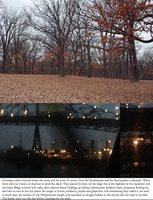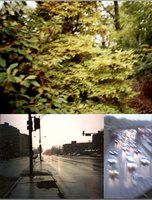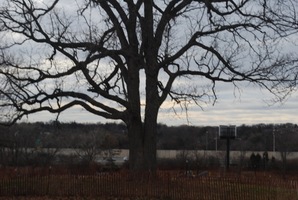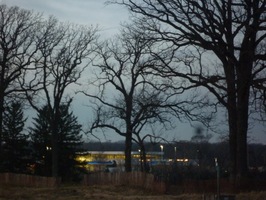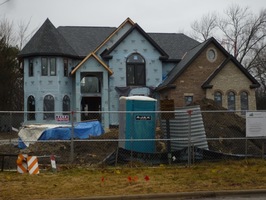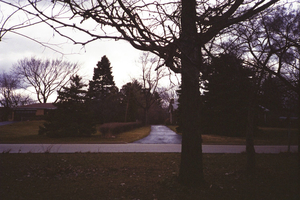Herbarium Volumes I&II
From: More Psychogeography of the Suburbs
2015
photos with excerpts from text
2015
photos with excerpts from text
When I finally begin to learn about the more recent history, I find that the destruction is more vicious than I first thought, the beauty of the remaining trees is so profound, that it obscured the loss, the rape, tearing open of the land and burning, of at least 500 or 600 other trees. I guessed the age of the trees at about 100 years, I was right in that, the 12 inch diameter trees are at least 80 years old
From: More Psychogeography of the Suburbs
2015
photos with excerpts from text
2015
photos with excerpts from text
Then I realized that our romance with the rocks and geological time, led us to discover another betrayal, another displacement, another gentrification in historical time, the removal of the first people who lived on this ridge, in a deep verdant forest, overlooking what had once been small river with potable water and probably, fish.
From Backhoes and Palmyra
2015
AUDIO FILE: https://chicagocallingartsfestival.bandcamp.com/album/chicago-calling-move-remove-place-displace
2015
AUDIO FILE: https://chicagocallingartsfestival.bandcamp.com/album/chicago-calling-move-remove-place-displace
Palmyra came to mind when I saw how the columns in the house across the street had been fluted. I watched the stone masons hanging over the portico for at least a day. Although, as most of you will recognize, remember from your art history survey or the grand tour, the fluted columns across the street are Doric columns, most of the columns we see at Palmyra were Corinthian. You might wonder what the builder is trying to say when he pairs the Ionic columns with the Germanic house in the woods and medieval turrets, something about his skill, rather than any comment on the Demos.
From: Backhoes and Palmyra
I am certain that I have a photograph of the house that sat across the street since about 1957 or so, and which was recently demolished to make way for a palace. This lost photograph was taken on a dreary day when the red of the bricks was more vivid under the steel skies than they would been if it were sunny.
From: Backhoes and Palmyra
2014
photos with excerpts from text
2014
photos with excerpts from text
Most people who lived in this neighborhood worked in industry, in some form or another, each house was contracted separately, it was never really a development, so the houses had that sense of individualism, each was slightly different, a variation on a simple theme. Western Electric, Reynolds Aluminum, the quarries, Fischer Body, the eight-hour-day and the unions funded the little houses and the lawn mowers.

